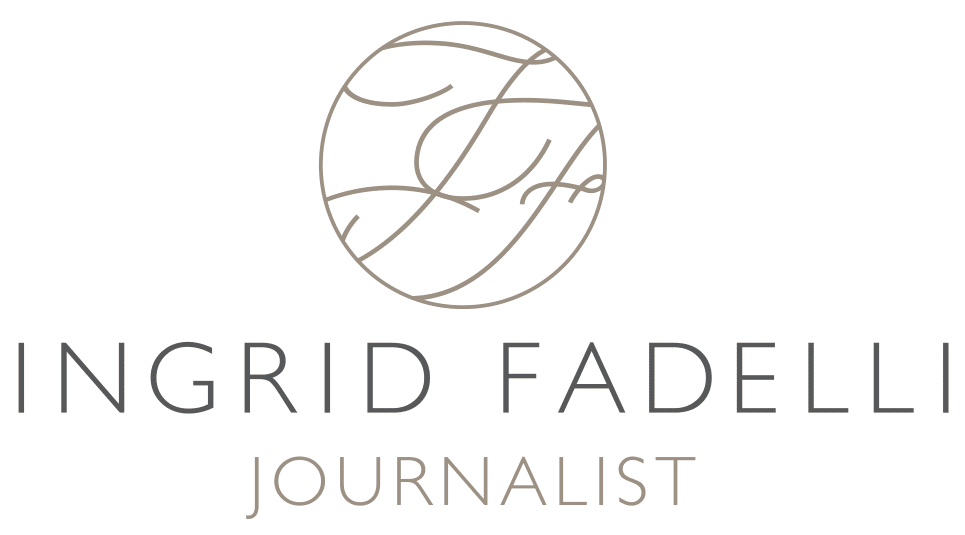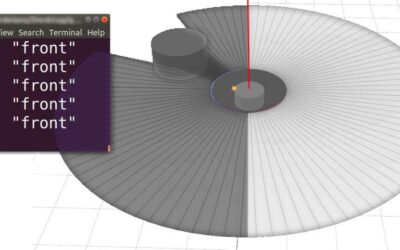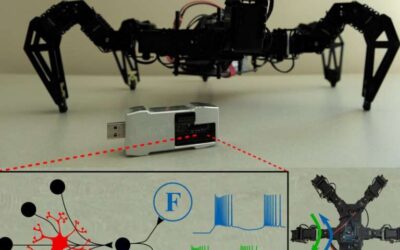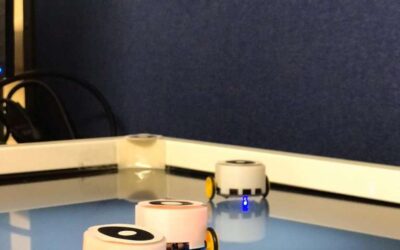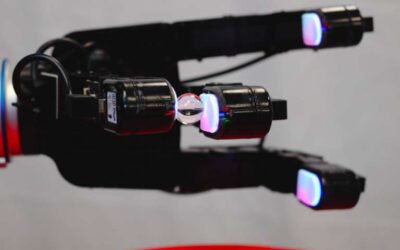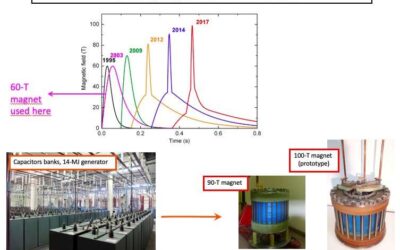Over the past few years, researchers have been trying to apply quantum physics theory to a variety of fields, including robotics, biology and cognitive science. Computational techniques that draw inspiration from quantum systems, also known as quantum-like (QL)...
TECHXPLORE
Using astrocytes to change the behavior of robots controlled by neuromorphic chips
Neurons, specialized cells that transmit nerve impulses, have long been known to be a vital element for the functioning of the human brain. Over the past century, however, neuroscience research has given rise to the false belief that neurons are the only cells that...
A system for swarm robotics applications inspired by pheromone communication in insects
Nature is one of the most valuable sources of inspiration for researchers developing new robots and computational techniques. Over the past few decades, technological advances have enabled the creation of increasingly sophisticated systems replicating naturally...
DIGIT: A high-resolution tactile sensor to enhance robot in-hand manipulation skills
To assist humans in completing manual chores or tasks, robots must efficiently grasp and manipulate objects in their surroundings. While in recent years robotics researchers have developed a growing number of techniques that allow robots to pick up and handle objects,...
A three-dimensional phase diagram of heavy-fermion compound with competing quantum phases
URu2Si2 is a metal that belongs to the family of heavy-fermion compounds in which several quantum phases (e.g., magnetism and superconductivity) can compete or coexist. These metals exhibit small energy scales that are easy to tune, a characteristic that makes them...
Dye-sensitized solar cells that adapt to different light conditions
Solar cells made of semi-transparent photovoltaic (PV) materials typically have a fixed optical transmission, which results in either high transparency or high efficiency, but rarely both. In order to perform optimally when integrated on buildings, however, they...
An AI painter that creates portraits based on the traits of human subjects
Over the past decade or so, researchers have been developing increasingly advanced artificial intelligence (AI) systems for a wide range of applications. This includes computational techniques that can interact with humans, analyze large quantities of data, identify...
A hyperdimensional computing system that performs all core computations in-memory
Hyperdimensional computing (HDC) is an emerging computing approach inspired by patterns of neural activity in the human brain. This unique type of computing can allow artificial intelligence systems to retain memories and process new information based on data or...
A scheme to enhance how swarm robots search for multiple targets
Over the past decade or so, researchers have been trying to develop techniques that could enable effective collaborative strategies among teams of robots. One of the tasks that teams of robots could complete better than individual robots is simultaneously searching...
FoolChecker: A platform to check how robust an image is against adversarial attacks
Deep neural networks (DNNs) have so far proved to be highly promising for a wide range of applications, including image and audio classification. Nonetheless, their performance heavily relies on the amount of data used to train them, and large datasets are not always...
